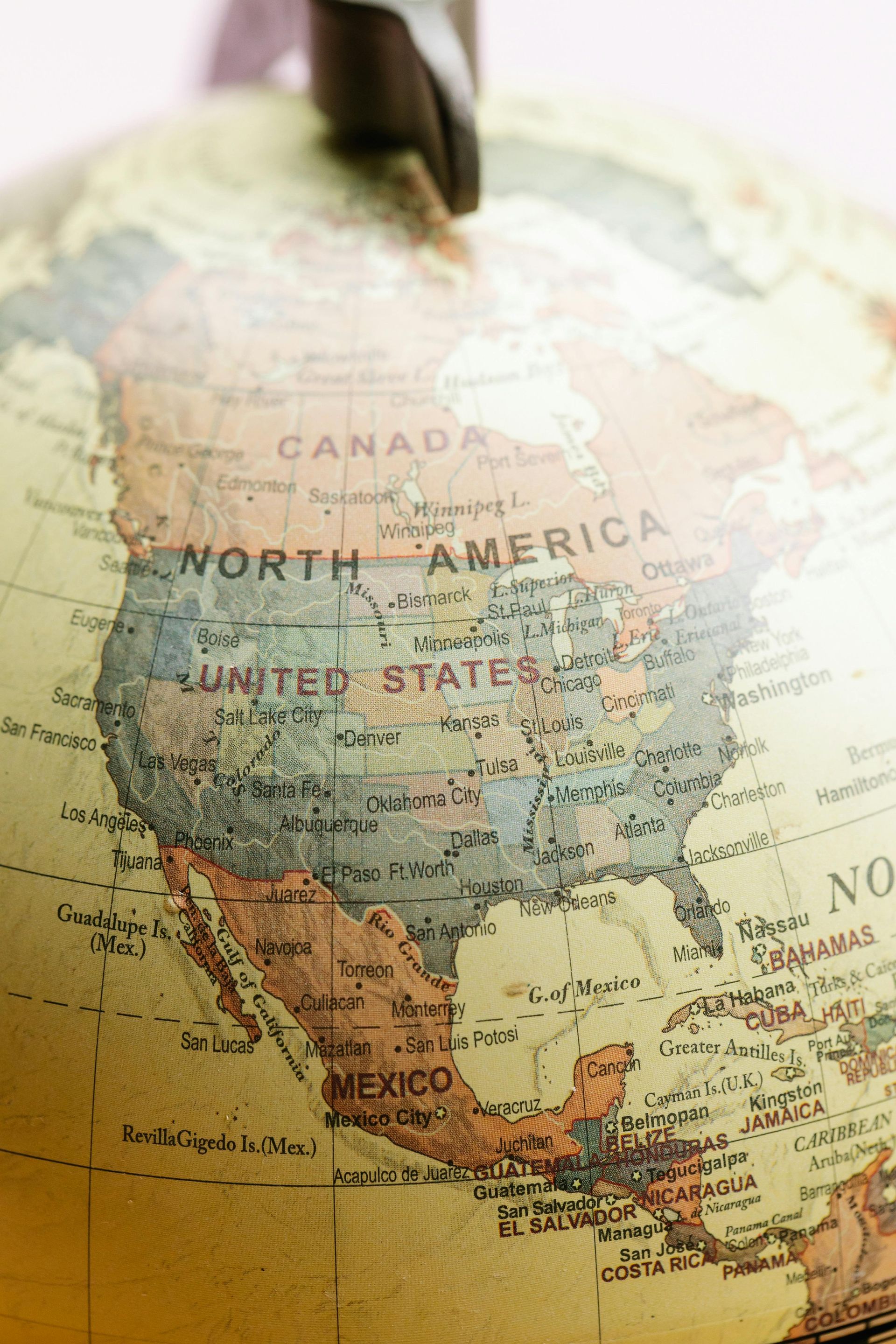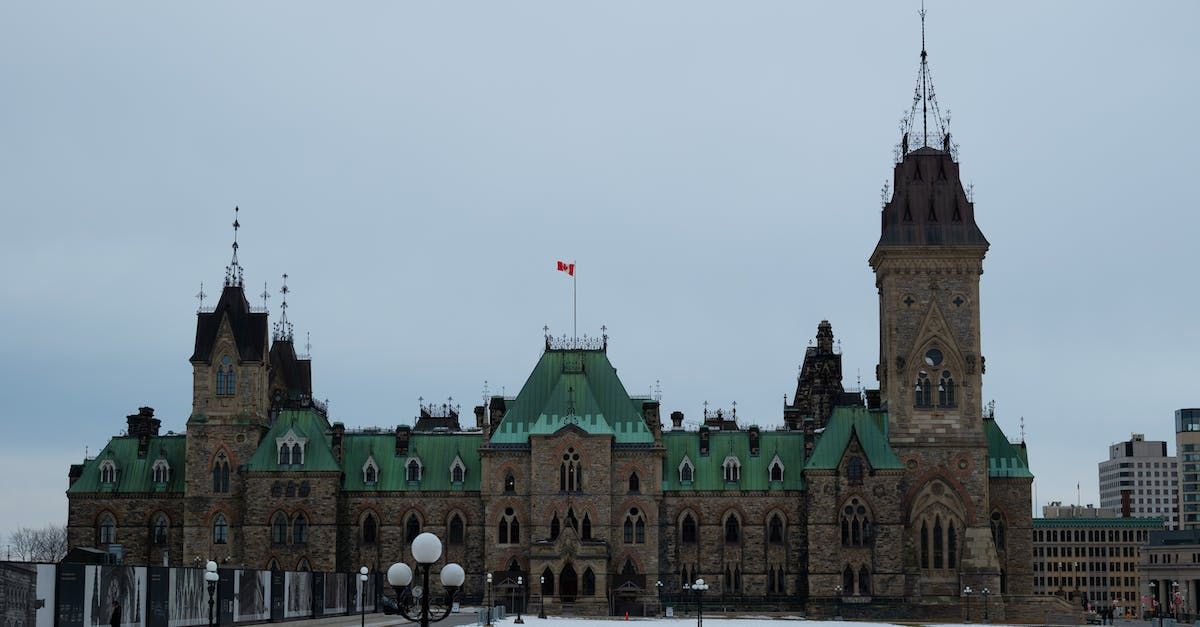Blog

Trump has upended decades of globalization and efforts to have freer trade among nations worldwide, slamming dozens of “friendly countries" with major tariffs of goods destined for the US. Canadian goods under the USMCA are exempted, but hugely damaging tariffs on Canada-made cars, aluminum and steel remain.

I was Canada’s PR guy at our Washington Embassy during the Reagan years. In doing my rounds with media and influential think tanks, I soon realized the frightening lack of knowledge that even well-educated Americans had of Canada. We also knew that Canada was well behind countries like Sweden in profile in the capital of the world. Our ambassador - Alan Gotlieb - was determined to change that. Our first strategy for putting Canada on the map was to host parties at the Gotlieb residence which would be must-attends by the elite of Washington.

The Liberals liked to tell us that the problems they have are not with the wonderful programs they have delivered for Canadians but that they had been unable to communicate them effectively. What if the real problem was the communicator-in-chief, Justin Trudeau, ever more repetitive and tightly scripted, was simply not connecting with the public anymore? In fact, he’s been alienating them?

Most Ottawa watchers have thrown up their arms in disgust with the all too obvious leadership mismanagement in the appalling chaos of the last few days: the dismissal of one of Canada’s most respected Ministers and deputy Prime Minister Chrystia Freeland over basic disagreement over economic policy, then her resignation. The shameless offer of the Finance post to Mark Carney – obviously turned down. Then her very damaging resignation letter the day she was supposed to unveil her economic update. And an invisible Prime Minister now considering his future with his caucus support imploding. His future is now the issue, as parliament adjourns with the government’s future in severe jeopardy.

Let’s get real. Indeed, most agree that Trudeau’s taking up Trump’s invite to a Friday dinner invite to Mar a Lago made during his Monday phone call with the incoming President was a coup. It made Poilievre’s day-after nasty criticisms seem foolish. This is certain: there is no world leader that does not envy Justin and his gang spending over three hours at dinner with the incoming president and a few appointed heavies. Only weeks before his inauguration.

In a new lengthy video a friendly Trudeau admits that he “made some mistakes” in ballooning immigration. He did an about-face and greatly reduced numbers especially for temporary workers and students. This type of turnaround and admission is an effective political ploy as it’s almost impossible to have a leader admit an error, let alone and fix it. It’s very human and appealing.

Inexplicable times for sad Liberals. An almost universally disliked Prime Minister who is convinced he alone can save Canada from the dangerous Pierre Poilievre and nobody is going to convince him otherwise. Not the pathetic group of 24 anonymous MP’s who penned a letter urging him to resign, not His former campaign director Jeremy Broadhurst or a few cabinet friends who suggested to him it was time. Not anyone in his loyal Cabinet. The Polls show a vast majority of Canadians want him to resign, yet he is still PM.

If you think the childish behavior of our politicians, lack of respect the world has for Canada, the huge gulf that yawns between progressives and right-wing believers, the polarizing hate and anger that infect political discourse here and the unheard-of disconnect between the national government and the people is a passing phenomenon, think again. Canada is in for a period of political and social disruption for the long haul.



